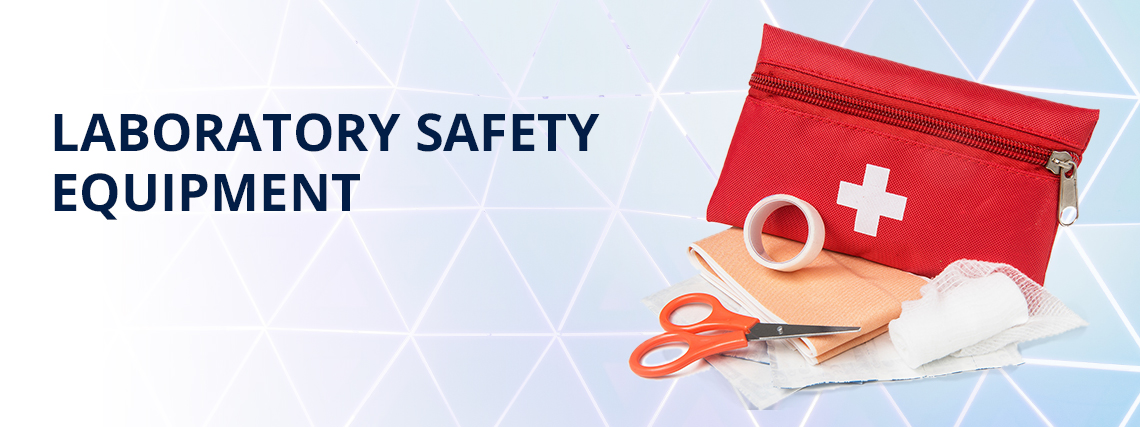Laboratory Safety Equipment
Laboratories allow business, government, and schools to conduct testing and research. With fire hazards, dangerous chemicals, and high-risk procedures, a lab can become a dangerous workplace. But by following laboratory safety rules and having the correct safety equipment available will reduce serious injury when conducting your research.
Here are the 10 important safety equipment required in every laboratory.
Safety Goggles: Google will help protect the eyes from being exposed to a dangerous material. This is also the most simple and inexpensive lab gear.
Disposable Gloves: Having a stock of disposable gloves will provide protection from chemicals and other irritants. Please note latex glove are effective only against water-based solutions. For added protection, Nitrile gloves are recommended.
Lab Coats: Lab coast provides a full body protection hazardous material. Lab coasts are manufactured to be flame and chemical resistant and must be worn by all team members.
First Aid Kits: Several first aid kits must be available around the lab in case of an emergency. Bandages, scissors, tweezers, hand sanitizer, antibiotic ointment, etc. should be included in each of the kits.
Fire Extinguisher: Laboratories are required to have multiple extinguishers. There are several types of extinguishers a lab should are available such as water-based, AFFF Foam and Wet Chemical Extinguishers.
Chemical Spill Kits: Having a chemical spill kits helps contain an area when acid, corrosive or unknown liquid is spilled. Ready-made spill kits can be purchased online or one can be put together with disposable nitrile gloves, caution tape, plastic bags, hazardous waste tags, a container of sodium bicarbonate (Base Neutralizer – Citric Acid), pH paper, Mercury in-line vacuum trap kit.
Fire Blankets: Fire blankets are often made of wool and treated with a flame retardant fluid. These blankets can be used to smother fires or used wrap around a person whose close have caught fire.
Eye Wash Station and Emergency Showers: Eye Wash Station and Emergency Showers provide quick access to decontamination to minimize accidental exposure to chemicals.
Chemical Fume Hood: Fume hoods help eliminate or lower exposure to hazardous fume to the operator and environment. Air is filtered by HEPA filters and recirculated back into the lab, or a fume exhaust system can be combined with a chemical fume hood to move harmful air outside of the building.
Safety Storage Cabinets: Store flammable liquids, corrosives and other hazardous materials inside safety storage cabinets. These cabinets are designed to reduce the risk of damaging fire in the workspace.
Having all the correct safety equipment isn’t enough to prevent all laboratory injuries. A set of general laboratory safety rules should be established and followed by all lab works. Creating a safety culter and providing safety training decreases the risk of accidents from occurring in the workplace.

